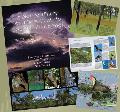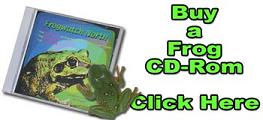Learning theories
The central ideas to this strategy, that children learn best by doing, and that children need to be active builders of their own knowledge rather than passive receivers of it, come from the work of Bruner and the cognitive psychologists. The strategy has evolved during years of work in a range of educational settings, many of them with second language learners, and in cross cultural settings. It is important to understand that often students are involved in the reorganisation of information that has been gathered from a range of sources. This stimulates learning as Bruner (1962) noted "learning was facilitated by rearranging information and adding new information to it. He argued that often just reorganising existing information can lead to new learning".
It is helpful to understand the power of the constructionist multimedia approach especially in relation to curriculum integration, concept mapping, schema theory and scaffolding learning. As an example, ideas such as schema theory where the activation of links and nodes in memory is developed for effective encoding and retention by the learner, extends the learning as students add elements from different subject domains. From this viewpoint, the greater this spread of activation, the easier it is to anchor new concepts to those existing in memory(Anderson, 1980).[1]
This is facilitated in powerful ways by the construction of a shared online knowledge space. Students benefit from a greater feeling of ownership of the knowledge and engagement with it as well as being cast into the roles of editors and knowledge brokers of the content in their shared system. This "editor" role is an important element of the process and the way it facilitates collaboration, publishing and sharing of information and the deliberate strategy to put the students in the role of content editors and creators, as compared to being just passive consumers of online material. This is a powerful way to reinforce learning and build all the knowledge linkages that go with it. Working through these knowledge linkages also helps to put learning in context and make learning more effective by anchoring the ideas with multiple representations from multiple knowledge domains.













